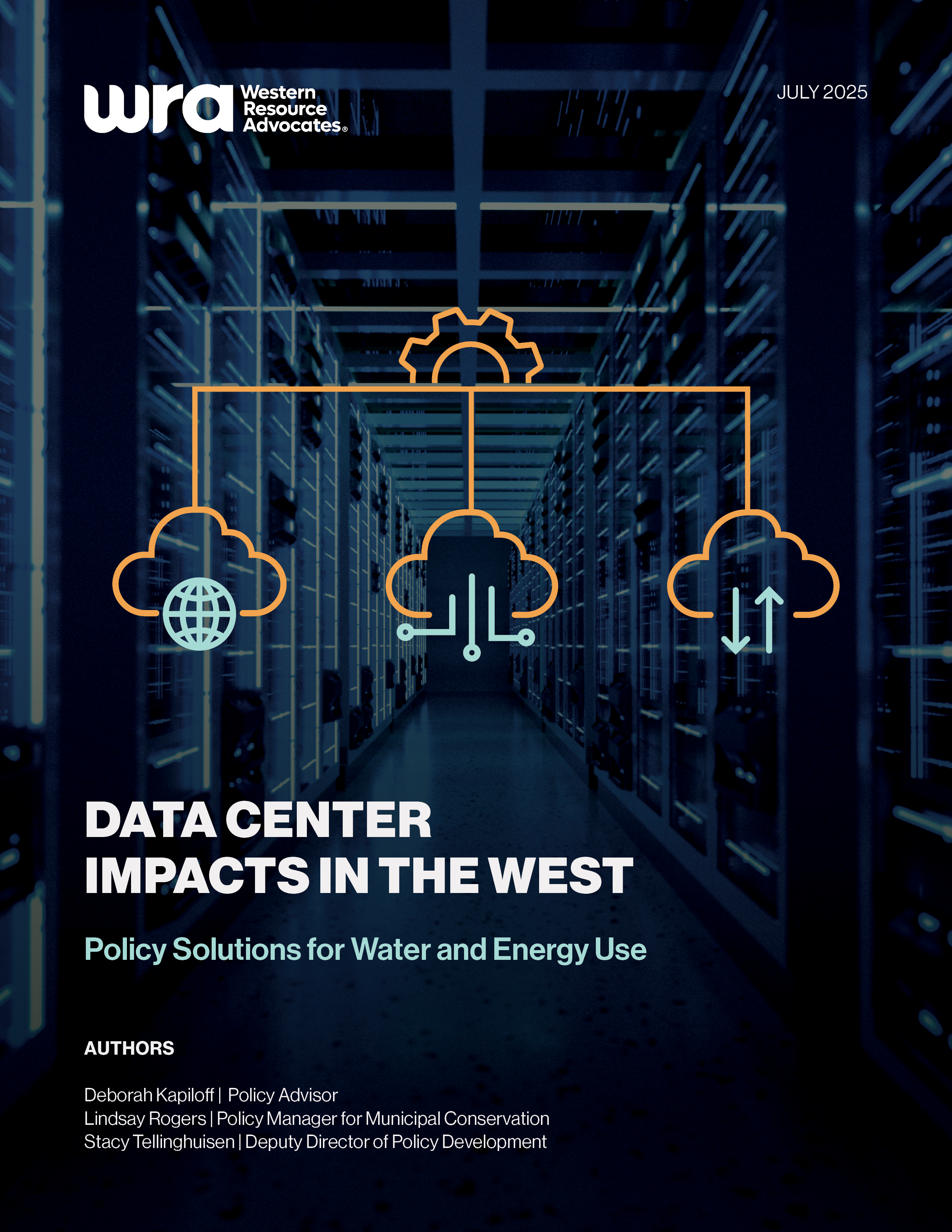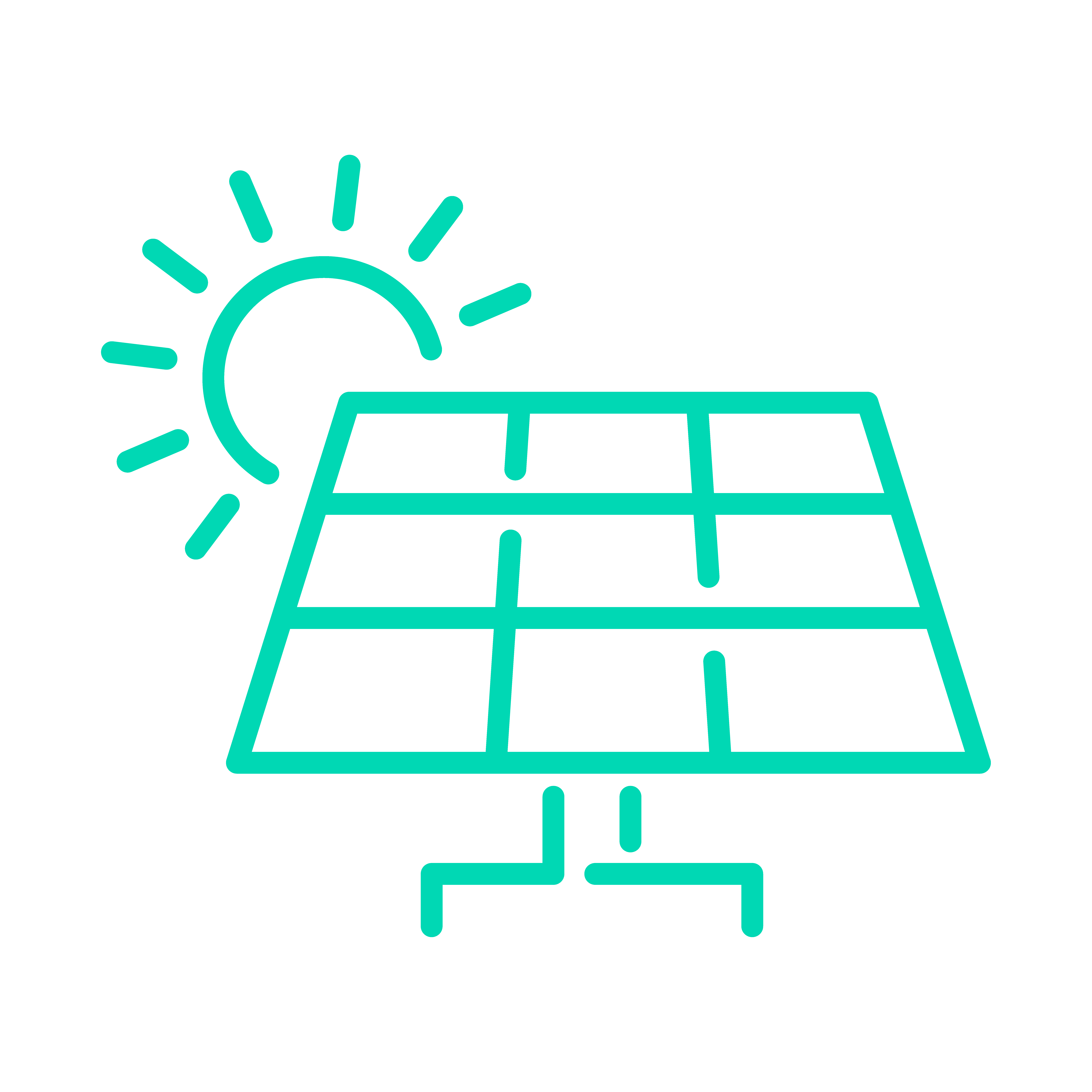Download the report by filling out the form below.

![]() In less than two years, artificial intelligence has moved at light speed from the pages of science fiction to ubiquitous reality. Powering these advancements are data centers — buildings all over the world housing humming rows of servers that bring AI, cloud computing, and high-speed internet to our smartphones and laptops. But all this computing power comes at a high cost:
In less than two years, artificial intelligence has moved at light speed from the pages of science fiction to ubiquitous reality. Powering these advancements are data centers — buildings all over the world housing humming rows of servers that bring AI, cloud computing, and high-speed internet to our smartphones and laptops. But all this computing power comes at a high cost:
unprecedented new demands on our energy and water in the Interior West.
The load growth projected in just the next five years surpasses current electricity output capacities that took even the largest utilities a century or more to build. Because of this growth, some utilities are proposing burning even more fossil fuels to meet the demand, threatening our air and climate goals.
And it’s not just energy – data centers put a major strain on our already stretched water resources. If the growth projections from the region’s utilities become reality, new data centers in Arizona, Colorado, Nevada, New Mexico, and Utah could use 4.5 billion gallons annually by 2030 and 7 billion gallons in 2035 – with water we simply don’t have to spare in the arid West.
Our new report Data Center Impacts in the West: Policy Solutions for Energy and Water Use explores how data centers are impacting the West’s energy growth and water demands and what we can do to still meet our climate and water conservation goals.
As AI usage increases and data centers expand, we must meet new energy demands with clean energy and rapidly decarbonize the rest of our energy infrastructure, while also understanding the impact these centers have on our already stretched water supplies in the West.
We need policies that:

Advance Clean Energy
This includes policies like leveraging an energy tariff that data centers would pay to invest in clean energy resources, allowing data centers to develop, own, and operate their own clean energy resources, and encouraging load shifting away from peak demand.

Preserve Scarce Water Resources
This can include water reporting requirements for better decision making and planning and requiring data centers to minimize their water usage through efficiency tools and reuse.

Protect Electricity Customers
These policies would include structuring economic development rates for data centers so that they reward those powered by clean energy and those who provide permanent jobs, establishing best practices for how utilities forecast their energy demands, and policies that ensure costs aren’t being passed onto consumers.

